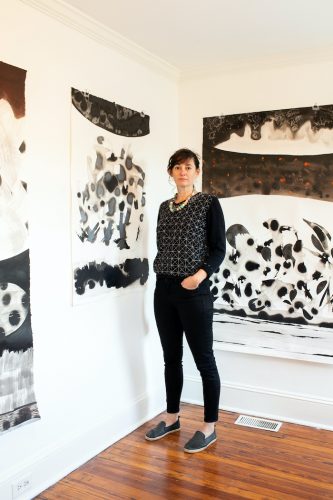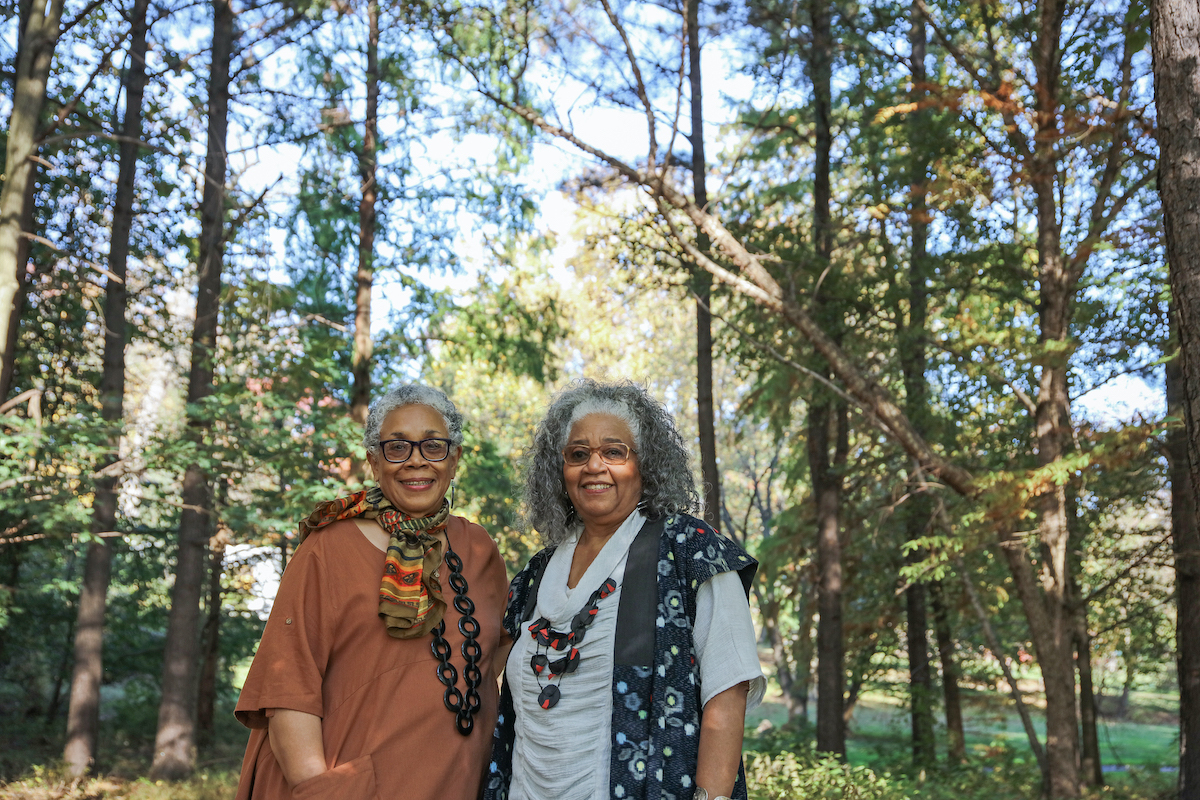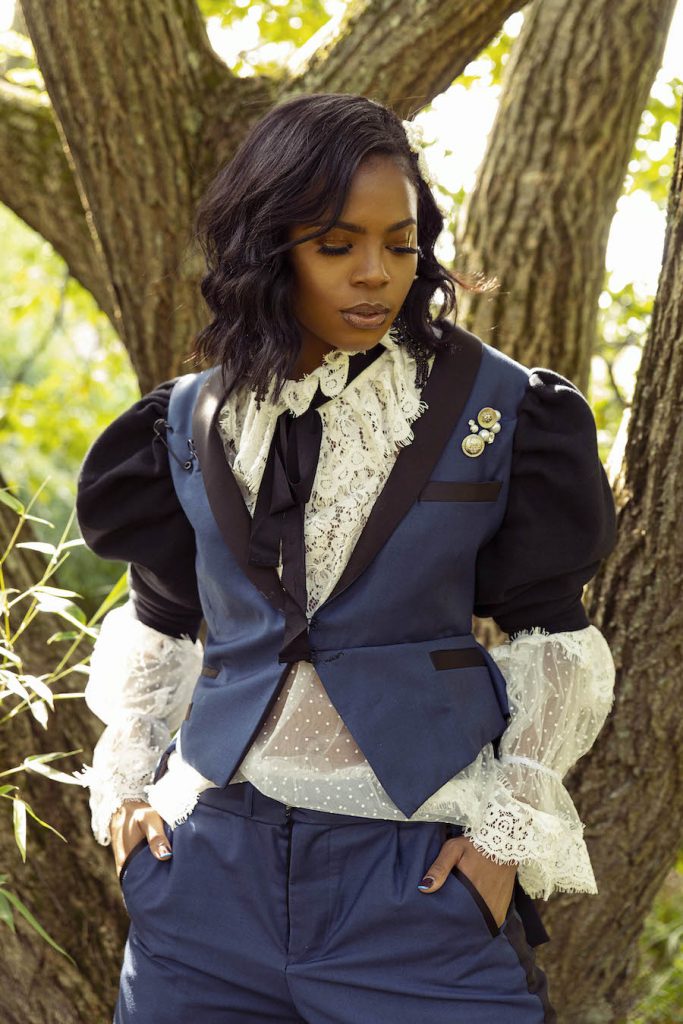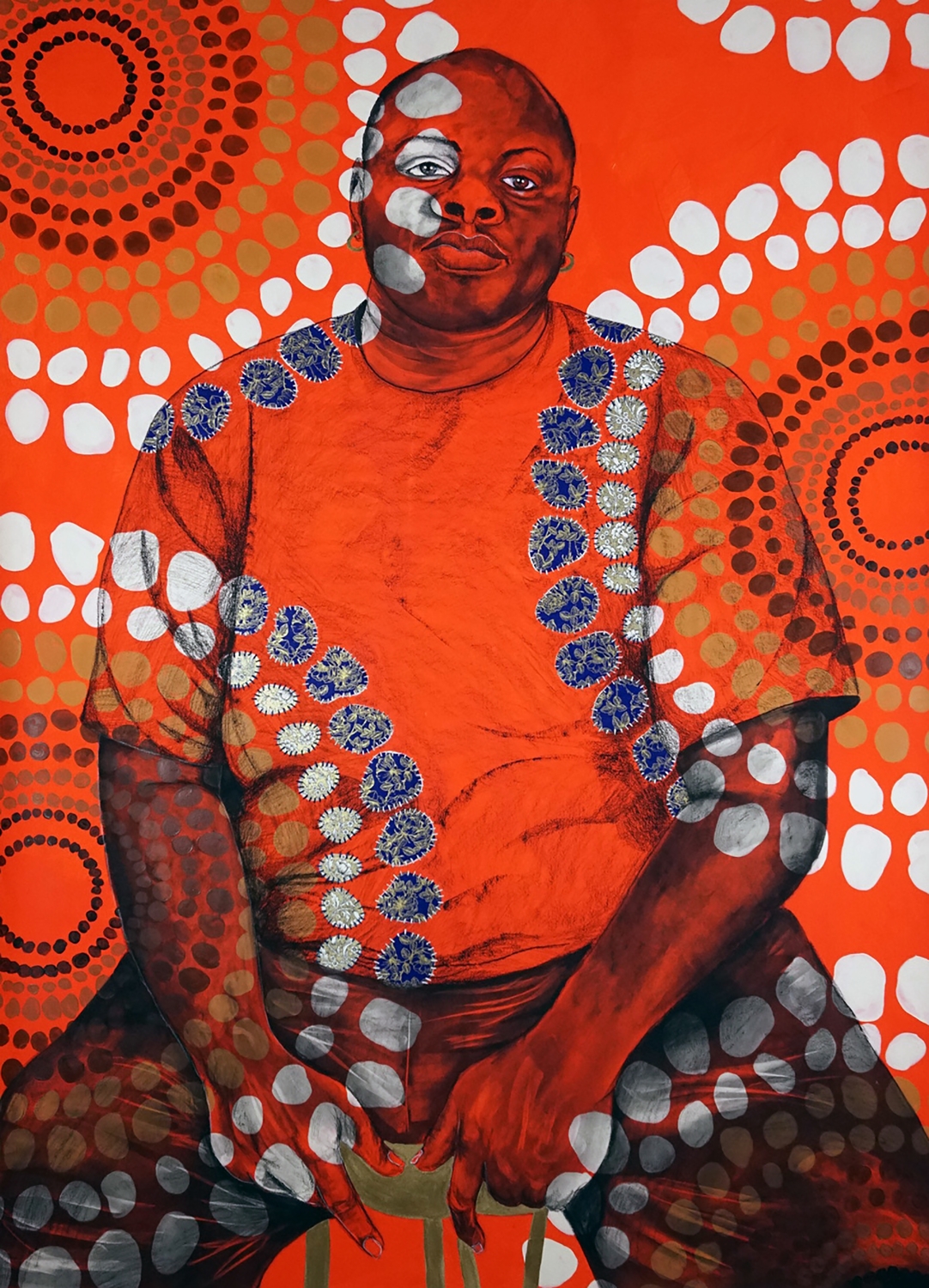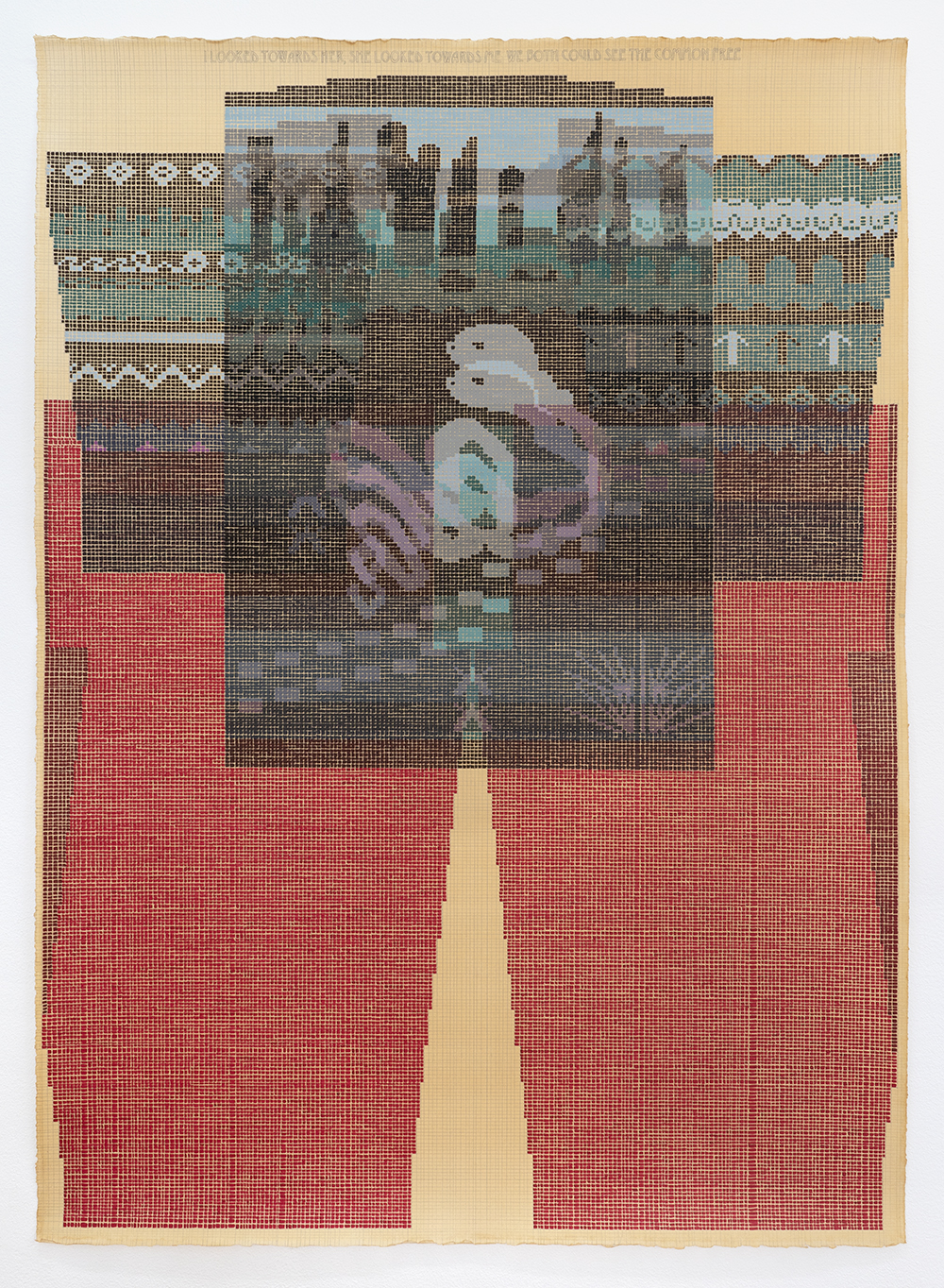And, at the Baltimore Museum of Art, we consider the work of an artist recently added to their permanent collection: Portland-based Ellen Lesperance, whose works analyze the aesthetics within politics, touching not only on the history of the Greenham Common Women’s Peace Camp, but also its connection with the Pattern and Decoration movement, second-wave feminism, and traditional craft practices.
We end with an excerpt from our ongoing Art AND interview series by Suzy Kopf with Dr. John Brothers, President of the T. Rowe Price Foundation, the charitable arm of the global investment management firm, and one of Baltimore’s largest companies.
In Baltimore, all of us who participate in the arts ecosystem understand that financial resources are limited. Artists have always filled this void with cultural capital, providing significant investment in neighborhoods, galleries, public spaces, and concert halls. However, for far too long, Baltimore has been a city where excellent projects and artist-run organizations are acknowledged by those in power, but not given the resources needed to grow sustainably. Over and over, we see successful independent projects co-opted into larger, better-funded, institutional versions; this practice leaves artist-run organizations locked in an endless struggle to break into a position of significant cultural contribution while institutional versions of them, although well-funded, are hollow.
What would equitable collaborations look like, especially when acknowledging that they are occurring between entities and individuals where there is a clear power differential? What would it truly mean for the artists, museum guards, adjunct professors, and independent curators to be seen and heard by those who hold the majority of power and resources? How could such a conversation evolve and how much collective good could be accomplished in our city if we engaged in radical power-sharing structures, designed by and for those whose cultural contributions deserve recognition? We believe that the stories in this issue begin to answer such questions and present a road map forward.
It’s time for our institutions and cultural organizations that hold the majority of power to properly support the diversity and equity they claim to value—the artists, artist-run projects, nonprofit organizations, and creative start-ups that make our city great—and to invest accordingly.
Our power issue is a wake-up call for an entire community to realize that we have all the talent, vision, and resources we need right here; what’s missing are trust-based systems for equitably sharing and investing those resources where the powerful realize their ability to play a more strategic, active, and visionary role in uplifting the entire Baltimore arts ecosystem.
